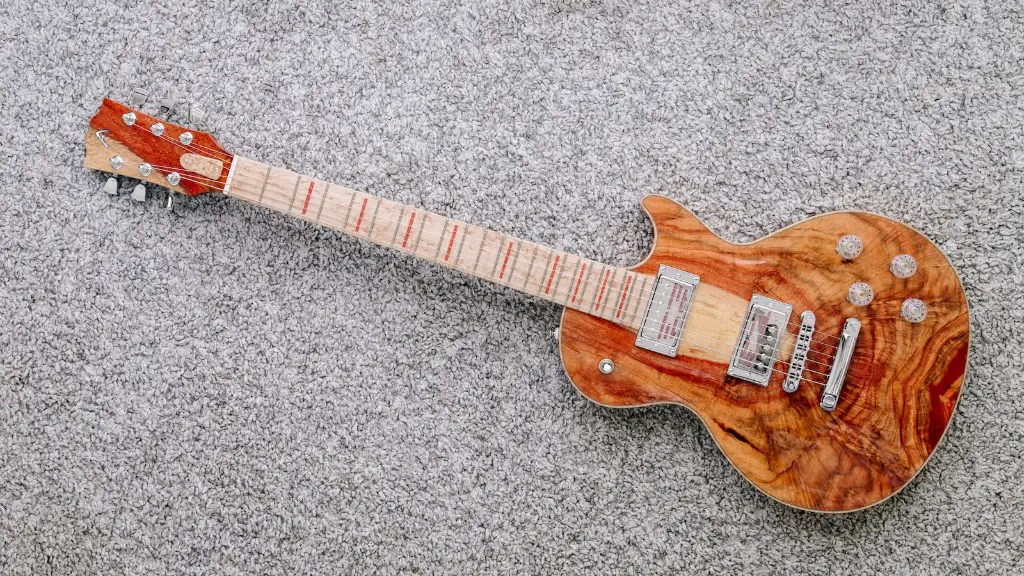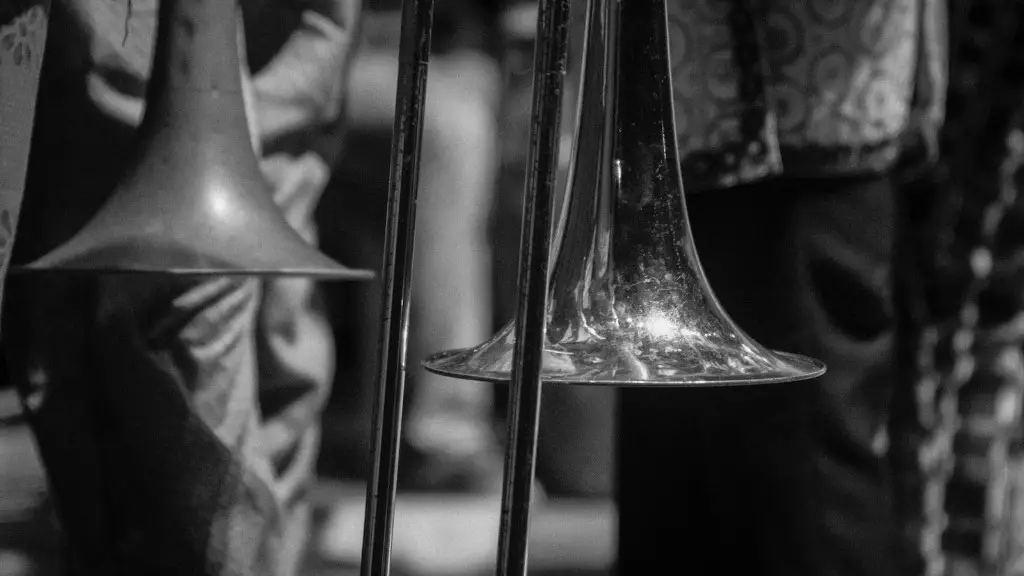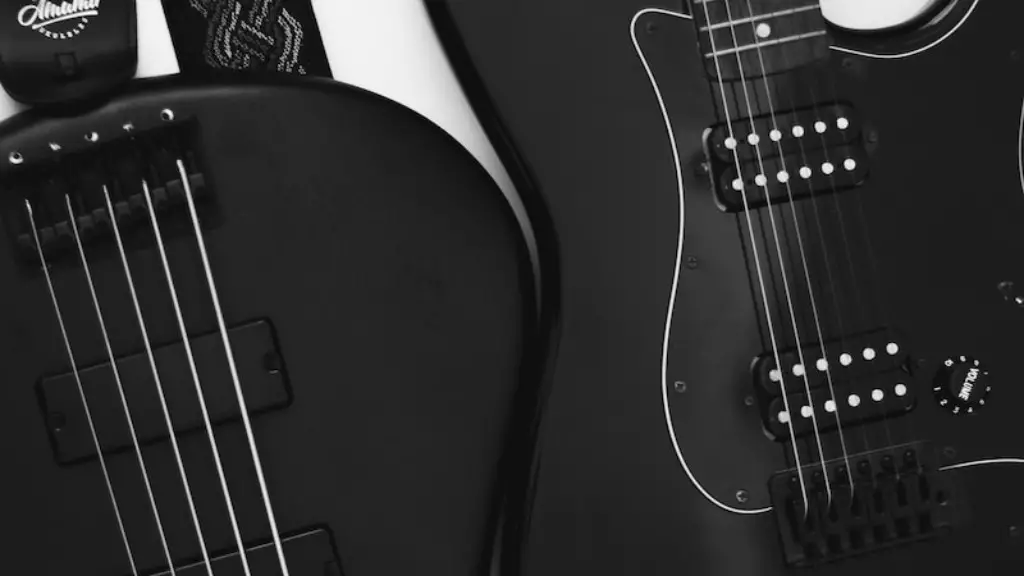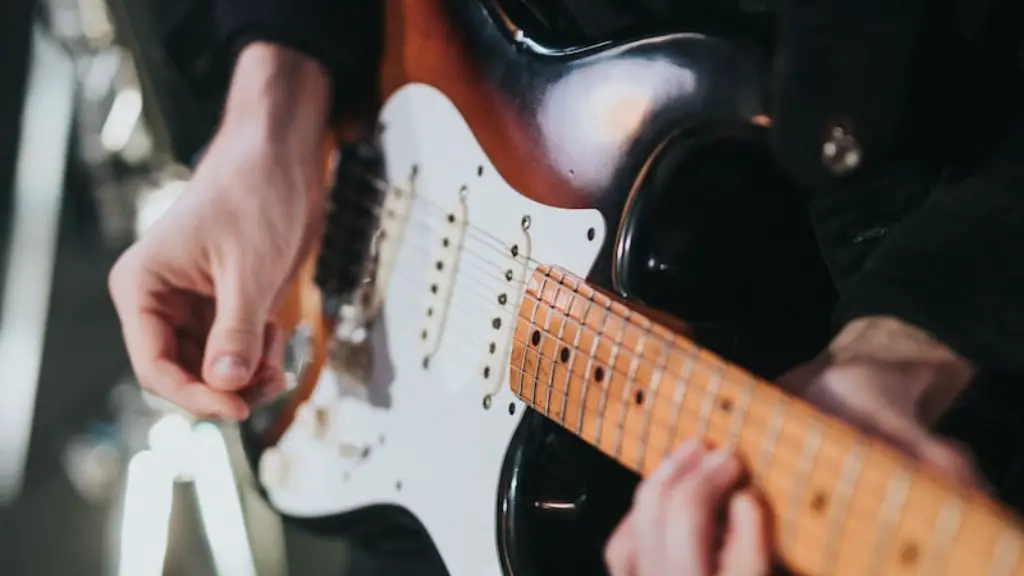Playing riffs on electric guitar can be a fun and rewarding experience. It’s a great way to add texture and complexity to your playing, as well as make your own unique musical statement.
To get started, you will need an electric guitar and an amp to plug it into. Once you have these basics in place, there are a few steps you can take to begin learning how to play riffs.
First, familiarize yourself with the various elements of a riff such as duration, key, rhythm, and tempo. Then practice playing simple patterns on one or two strings at a time until you feel comfortable switching between them. Finally, experiment with different effects such as distortion and reverb to create your own sound.
With time and practice, you’ll be able to create unique riffs that express your own musical style.
How to Select an Electric Guitar Pick
Choosing the right electric guitar pick is essential for creating the sound you want. The type of pick you choose can have a big impact on your playing style and sound. Picking the right pick will help you play riffs on electric guitar with ease.
When selecting a pick, consider the size and shape. The most common types are teardrop or triangular shaped, although there are picks in various shapes and sizes available. Thicker picks give a heavier sound, while thinner picks provide a lighter tone. Experiment with different sizes and shapes to find what feels most comfortable for you and produces the sound you desire.
The material of your pick can also affect your sound. Picks come in materials such as plastic, metal, brass, or even tortoiseshell. Plastic is the most common type used for electric guitar, as it offers good grip and flexibility. Metal picks can provide a brighter tone with more attack, while brass has a warmer sound. Tortoiseshell picks provide an even warmer tone with good attack but can be expensive compared to other materials.
Pick thickness is also important when playing riffs on electric guitar as it affects how much string pressure needs to be applied when strumming chords or picking individual notes. Experimenting with different thicknesses can help find what works best for your particular playing style and technique.
Overall, choosing the right electric guitar pick is essential for creating the desired
Essential Techniques for Playing Riffs on Electric Guitar
Knowing how to play riffs on an electric guitar is an important skill for any guitarist. Riffs are short, melodic phrases that can be used to create an interesting and unique sound. To get the most out of your riffs, it’s important to understand some essential techniques.
First, you should practice playing with different rhythms and tempos. This will help you become comfortable with playing riffs in different styles and also help you develop your own unique sound. You should also experiment with different techniques such as strumming, picking, tapping, and palm muting.
Another technique is to use a pedal or effects processor to add different textures and layers to your riffs. This can give them a richer sound that can be used to create dynamic and interesting pieces of music. Finally, don’t forget to have fun while playing! Experimenting with new ideas and sounds can be a great way to create something truly special. Practice often and never be afraid of trying something new!
Using Effects Pedals in Riff Playing
Riffs on electric guitar can be enhanced with the use of effects pedals. These pedals give players the ability to manipulate their sound and create unique musical tones. By combining different effects, guitarists can create a wide variety of sonic textures. Reverb, distortion, chorus, and delay are just a few of the effects that can be used to shape the sound of a riff.
To get started, select an effect pedal and experiment with its settings to find a tone that suits your playing style. Once you have found your desired sound, adjust the volume and gain knobs to achieve a balanced mix. It is also important to use the correct cables when connecting your effects pedal to your amp or guitar.
When playing riffs on electric guitar, it is important to remember not to overuse effects. Too many effects can make a riff muddy and hard to follow. Instead, use subtle amounts of each effect for tasteful results and mix them together for an interesting sonic texture. With practice and experimentation, you will soon become proficient in using effects pedals in riff playing.
Developing Your Own Riff Style
Are you looking to create your own unique riffs on electric guitar? It can be daunting but it doesn’t have to be complicated. Start by listening to some of your favorite guitarists and break down their riffs into simple patterns. Write these out in tablature or notation and get an understanding of the various techniques they use. Then, experiment with different combinations of those techniques. You can mix and match notes, chords, and rhythms to create something new and unique.
Next, practice playing your new riff over backing tracks or drum loops. This will help you develop a sense for how it fits in with other instruments. Finally, record yourself playing the riff so you can listen back and refine it further. Don’t be afraid to take risks and explore different musical ideas – that’s how great riffs are created! With practice, you’ll soon develop your own signature riff style.
Creating Melodic Riffs
Playing melodic riffs on an electric guitar is one of the most fun parts of playing the instrument. It’s a great way to show off your creativity and explore different musical styles. To create melodic riffs, you’ll need to know some basic chords, scales, and techniques. Start by practicing basic chord progressions, such as I-IV-V, in different keys and at varying tempos. This will help you get a feel for how chords sound together and how to play them in different contexts.
Once you have a good understanding of basic chords, it’s time to move on to scales. Learning the major and minor pentatonic scales is essential for creating melodic riffs. Start with one key, such as A-minor or D-major, and practice running up and down the scale with hammer-ons and pull-offs. This will help you develop your technique while learning the notes of the scale.
Finally, practice combining chords with scales to create interesting melodies that fit into whatever style of music you’re playing. Try starting with a simple chord progression then adding notes from the scale as fills or lead lines. Experiment with different rhythms and picking patterns until you find something that sounds good. With enough practice, you’ll be creating your own unique melodic riffs in no time!
The Bottom Line
Playing riffs on an electric guitar is a great way to add a cool, unique sound to your music. It’s an essential skill for any guitarist and can help you to create amazing solos, rhythms and more. To master electric guitar riffs, you’ll need to practice regularly and learn how to use techniques like vibrato, slides and hammer-ons. With enough practice and dedication, you too can become an expert at playing riffs on the electric guitar. So get out there and start shredding!





